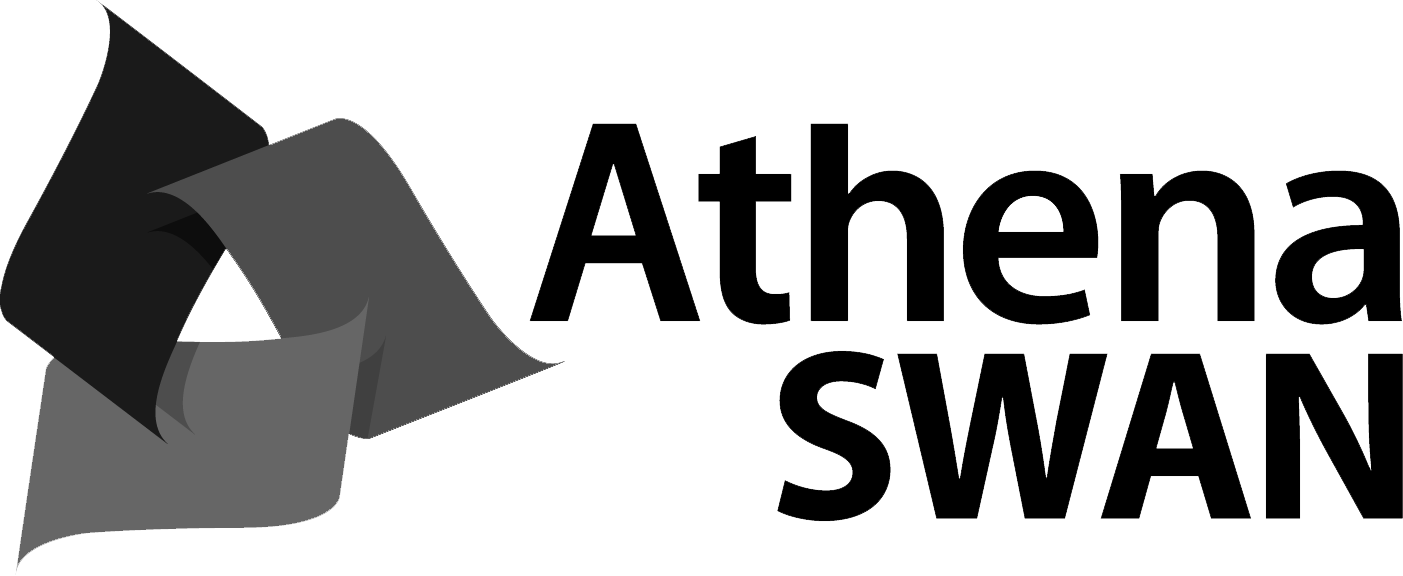The average mammalian genome is 3 billion nucleotides long and some other organisms have genomes that are even larger. Working with DNA at the nucleotide level on an organismal scale is impossible without the assistance of high performance computing. This unit will investigate strategies to manipulate genomic data on a whole organism scale. You will learn how scientists use high performance computing and web-based resources to compare and assemble genomes, map genes that cause specific phenotypes, and uncover mutations that cause phenotypic changes in organisms that influence health, external characteristics, production and disease. By doing this unit you will develop skills in the analysis of big data, you will gain familiarity with high performance computing worktop environments and learn to use bioinformatics tools that are commonly applied in research.
Unit details and rules
| Academic unit | Life and Environmental Sciences Academic Operations |
|---|---|
| Credit points | 6 |
| Prerequisites
?
|
6cp of (GEGE2X01 or QBIO2XXX or DATA2X01 or GENE2XXX or MBLG2X72 or ENVX2001 or DATA2X02) |
| Corequisites
?
|
None |
|
Prohibitions
?
|
ANSC3107 |
| Assumed knowledge
?
|
Genetics at 2000 level, Biology at 1000 level, algebra |
| Available to study abroad and exchange students | Yes |
Teaching staff
| Coordinator | Brandon Velie, brandon.velie@sydney.edu.au |
|---|---|
| Lecturer(s) | Claire Wade, claire.wade@sydney.edu.au |





